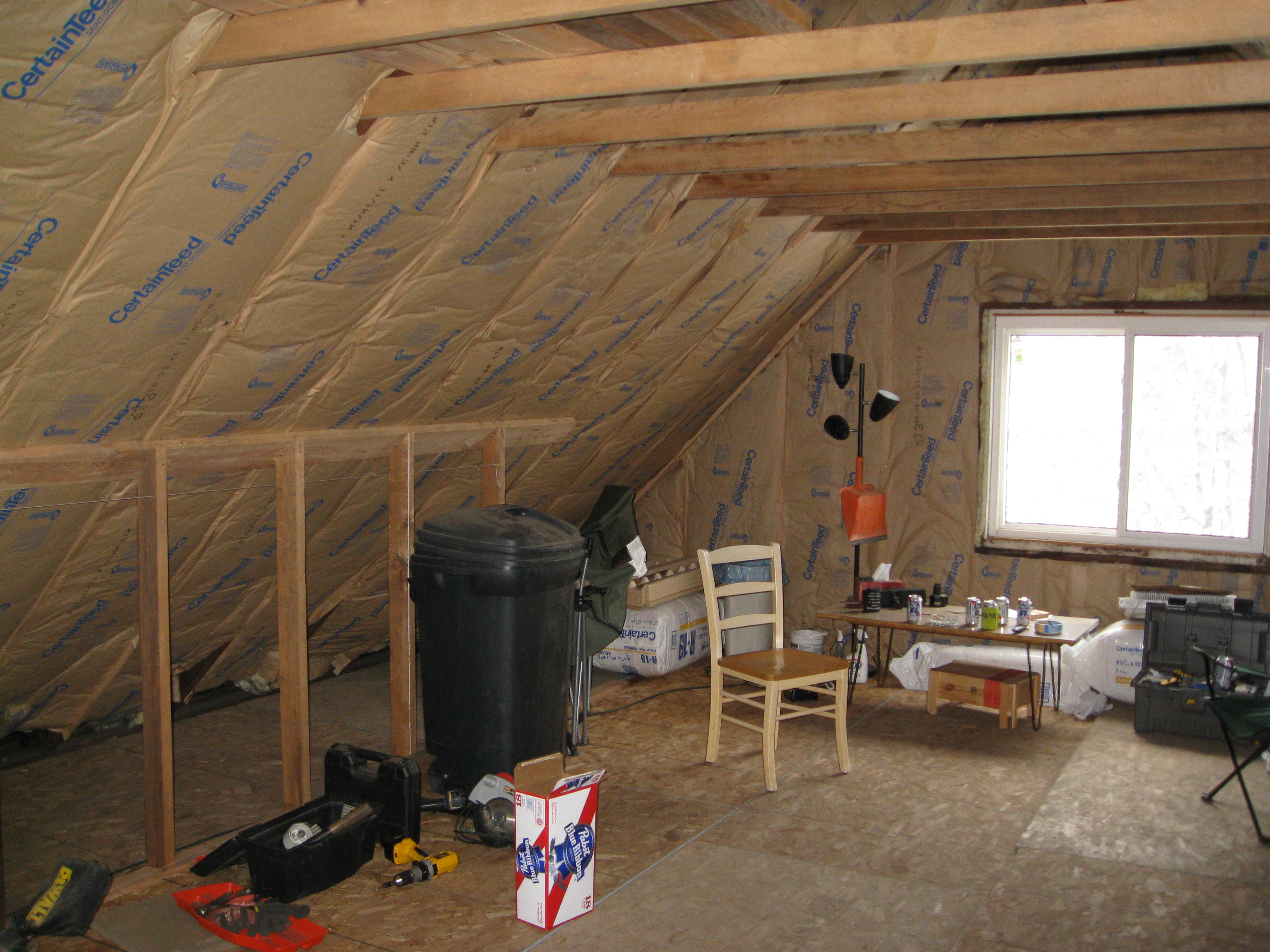Why Power Companies Want to Control YOUR Programmable Thermostat
Most electric suppliers have a program that lets them limit just how cold you can keep your house in the summer with air conditioning. Kinda creepy, isn’t it? To some degree, yes, but they have good reason, and here’s the story.
Say you are the member of your family who always hosts Thanksgiving and Christmas. Brothers, sisters, cousins, kids everywhere. And mostly from out of town, so they need someplace to stay. Now, say you are considering a new house. It is actually just you, your spouse, and 2 kids. A 3 bedroom house will do just fine, right? Except all those relatives for about 8 days a year. Would you go look for an 8 bedroom house so you could handle the fam when they come to eat your food and have a good time?
Probably not. That’s what air mattresses and Motel 6 are for. (I know, I’m cold. I’m also not that member of the family, and we have plenty of room for air mattresses.)
Yet the electric companies MUST buy the equivalent of an 8 bedroom house. The reason is that on the wicked hot days in the summer we like to be cool. That means our air conditioners are running. And those use electricity, a lot of it. Especially when they are all running full bore all day.
Say for 20 days a year in the afternoon we use 98% of capacity when our air conditioners are trying to cope with a 130 degree attic. I don’t know what the exact numbers are, but this will work well enough for an illustration. The rest of the time we don’t break 80% and in the winter it might only be 60% of electricity production since we are just running lights, heat pumps, computers, and electric dryers & ovens.
As more houses are built, we get to 100% capacity, but only 20 days out of the year. So for 20 days a year we need an 8 bedroom house in the eyes of power producers, but not the rest of the year. And we are constantly using a little more power every year (except for the economic downturn, that is). So they need to build more plants or we get a brown out or a black out. Therein lies the rub.
More Power! (Tim the Toolman Taylor Style)
New power plants are VERY expensive to build, and there really isn’t a ‘good’ type. You can’t build solar panels and windmills for extra capacity because the sun and wind are not always shining and blowing. Whatever plant is built must provide extra supply reliably and at a moment’s notice. Nuclear plants take 20 years and billions to build, plus there was this little situation in Japan involving a nuclear power plant you may have heard of. (It’s really a shame because nuclear is a very low carbon way to generate electricity.) Coal plants are pretty much from the devil in many people’s eyes and are extrordinarily difficult to get permits for. Natural gas is at least cheap, but prices are likely to fluctuate on that and there are still a ton of permits to get to build a plant, which take a lot of time and money.
So the power company is between a rock and a hard place.
Show Me the Money!
Just so you don’t think I’m making this stuff up, here is a real world example. In Washington State across Puget Sound from Seattle, lies Bainbridge Island. You can work in Seattle and live in the boonies, courtesy of a ferry, pictured above. Recently there has been trouble in paradise, though.
The substations providing electricity there are pretty much maxed out. I can’t find it now for the life of me, but at the ACI conference in March I remember learning that the limits were exceeded by something silly like 8 hours a year. Because of those 8 measly hours, they either need to build more substations or reduce consumption. Residents chose the conservation route with a program called Repower Bainbridge. It is a VERY cool case study in my world.
The program goals are simple: get 4000 residents to get energy audits. Then get half of them to make improvements to their homes and businesses that reduce consumption by at least 15%.
So far, they are about halfway there. Bainbridge Island also has a cool dashboard to see exactly how much power is being used right now. The entire island’s residents have gotten together, and they managed a $4.88 million grant from the Department of Energy. Lots of time is being volunteered to help reach the goal. It really is a remarkable example of a community coming together to accomplish something larger than them.
All that was done to avoid a substation, so what about entire power plants?
In a recent post on programmable thermostats, I mentioned that every degree you turn your thermostat up or down changes your bill by 2-3%.
Therein lies the answer to the dilemma: if the power company can turn your AC up from 70 to 74 (or even 78 which is the Energy Star recommendation), they can reduce your usage by 10-20% instantly, which opens up more capacity and doesn’t require a new power plant. It’s also fairly cheap to them. Problem solved.
Well, mostly solved. Now they look a bit like Big Brother.
At least they have good reason, though. And as scary as it is at first blush, they are actually trying to help us. (Yes, I realize that sounds pretty bad too.) Hopefully their motives look a little better now. And at least it isn’t a 2 way screen telling you to lift your arms higher during calisthenics (read Orwell’s 1984, if you don’t get it.)
So how does all this make you feel? Do you buy it? Are you willing to get a fancy thermostat the power company can turn up on hot summer days to save building a power plant? Let me know in the comments below.
Thanks to Tobias Eigen for the creative commons picture of a Bainbridge ferry.
Get the HVAC Guide

It's free! Make buying a new furnace, air conditioner, or heat pump less stressful.










